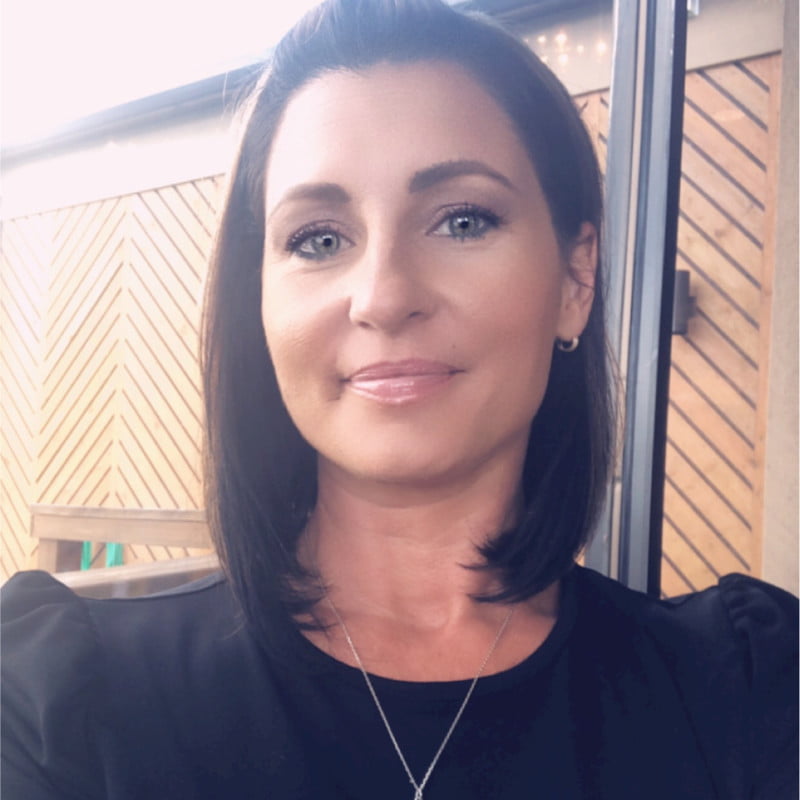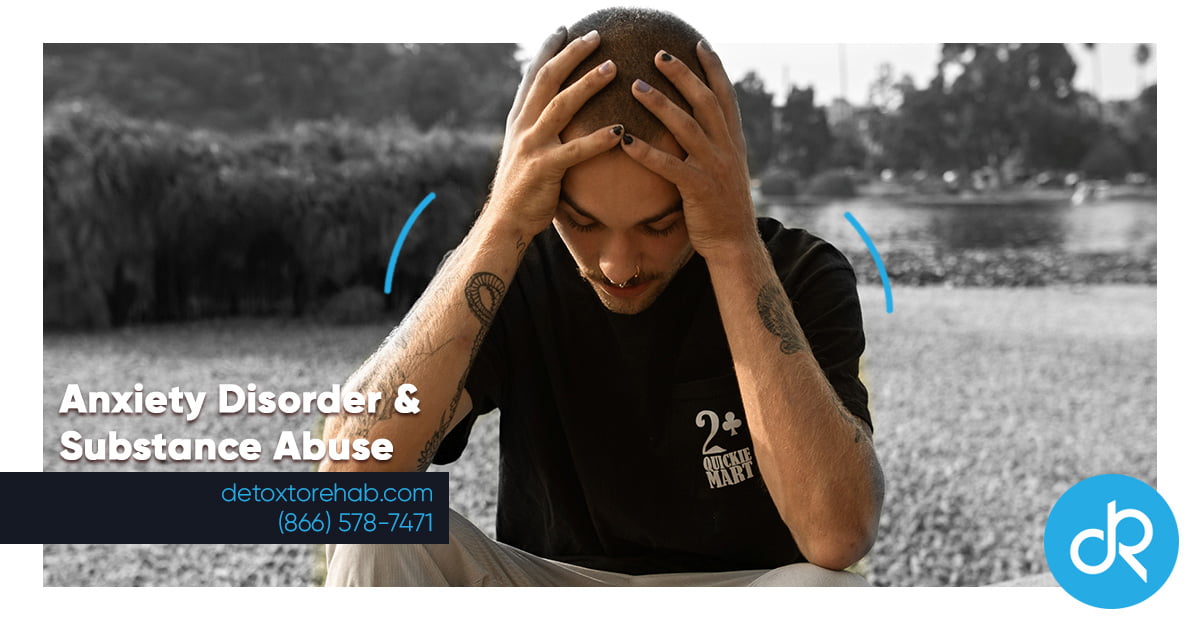

Anxiety disorder and substance abuse often go hand in hand, creating a dangerous cycle that feels impossible to break. According to the National Institute on Drug Abuse, people with anxiety disorders are twice as likely to struggle with substance abuse. Many use drugs or alcohol to ease anxiety symptoms, only to find their fears worsen over time.
As Eleanor Roosevelt once said:
“Do one thing every day that scares you.”
For those battling anxiety and addiction, every day feels scary. Living with both conditions makes normal life feel overwhelming. But there is hope. With dual diagnosis treatment for anxiety and addiction, you can break free from this cycle and rebuild your life with confidence and peace.
The Link Between Anxiety Disorder and Substance Abuse
Anxiety disorders are among the most common mental health conditions in the U.S., affecting over 40 million adults each year (ADAA). When left untreated, many people turn to drugs or alcohol for relief. Here’s how it happens:
- Self-medication: Substances like alcohol, benzodiazepines, or opioids temporarily numb anxiety, creating a false sense of calm.
- Dependence and tolerance: Over time, the brain requires more to feel relief, leading to addiction.
- Worsening anxiety: Substance abuse changes brain chemistry, increasing anxiety symptoms and panic attacks.
This cycle traps people in addiction, making anxiety worse while destroying health, relationships, and careers.
The Dangers of Ignoring Anxiety Disorder and Substance Abuse
Ignoring anxiety and addiction is dangerous and sometimes deadly:
- Overdose risk: Anxiety-driven addiction often leads to misuse of dangerous substances like opioids or sedatives, increasing overdose risk.
- Severe withdrawal symptoms: Stopping without medical help can cause seizures, panic attacks, or psychosis.
- Mental health decline: Substance abuse worsens anxiety, depression, and suicidal thoughts.
- Physical health problems: Addiction leads to heart disease, liver failure, brain damage, and weakened immunity.
- Relationship breakdown: Anxiety and addiction isolate people, destroying marriages, friendships, and family trust.
- Financial ruin: Job loss and legal problems are common as addiction takes over daily life.
Statistics That Show the Reality
- 20% of people with an anxiety disorder also have a substance use disorder (NIDA).
- One-third of people with a substance use disorder also have an anxiety disorder, highlighting how common this dual diagnosis is.
- Only 9% of people with co-occurring disorders receive treatment for both conditions together, which is necessary for recovery.
Signs of Anxiety Disorder and Substance Abuse
Wondering if you or a loved one is facing both conditions? Look for these signs:
- Using alcohol or drugs to calm nerves or reduce panic
- Feeling anxious, fearful, or restless most days
- Avoiding social situations or daily tasks due to anxiety
- Needing more substances over time to feel calm
- Experiencing withdrawal symptoms like shakiness, sweating, or panic
- Feeling guilt or shame about using but unable to stop
- Sleep problems, stomach issues, or constant worry affecting daily life
Why Dual Diagnosis Treatment for Anxiety and Addiction Is Essential
Treating anxiety without addressing addiction doesn’t work. Treating addiction without managing anxiety doesn’t work. Both conditions must be treated together in a dual diagnosis treatment for anxiety and addiction program.
Here’s what these programs include:
1. Medical Detox
Safely removing substances from the body under medical supervision to manage withdrawal symptoms.
2. Individual Therapy
Cognitive Behavioral Therapy (CBT) teaches healthy ways to manage anxiety without substances and address root causes.
3. Medication Management
Antidepressants, anti-anxiety medications, or non-addictive alternatives may be prescribed by mental health professionals.
4. Group Therapy
Building community with others who understand your struggles reduces isolation and promotes hope.
5. Holistic Therapies
Programs like yoga, meditation, and nutrition counseling help reduce anxiety and strengthen mental health naturally.
6. Aftercare Planning
Continued therapy, peer support groups, and sober living options keep you accountable after treatment ends.
Hope and Healing Are Possible
Living with anxiety disorder and substance abuse can feel hopeless, but recovery is real. Many people have walked this path and now live with peace, purpose, and freedom from addiction.
Jessica, who struggled with alcohol addiction and social anxiety, shared:
“I thought I would always need alcohol to feel normal. Dual diagnosis treatment showed me I could live without it. I still have anxiety, but now I have tools to handle it, and I’m finally proud of myself.”
How to Find Dual Diagnosis Treatment for Anxiety and Addiction
If you’re ready to take the first step:
- Acknowledge the problem: Recognizing you need help is courageous.
- Seek a dual diagnosis center: Look for programs that specialize in treating both anxiety and addiction.
- Check insurance coverage: Many private plans, Medicaid, and Medicare cover dual diagnosis treatment.
- Reach out for support: Call trusted directories, hotlines, or talk to your doctor for referrals.
- Tell someone you trust: You don’t have to go through this alone. Sharing your struggle can ease the burden and help you feel supported.
Anxiety Disorder & Substance Abuse
Anxiety disorder and substance abuse don’t define you. They are treatable conditions that, when addressed together, open the door to a healthier, happier life. Dual diagnosis treatment for anxiety and addiction offers the tools, care, and hope you need to heal.
Explore our directory today to find trusted programs that treat anxiety disorder and substance abuse together. Your recovery journey can begin today – and you deserve to live free from fear and addiction.








